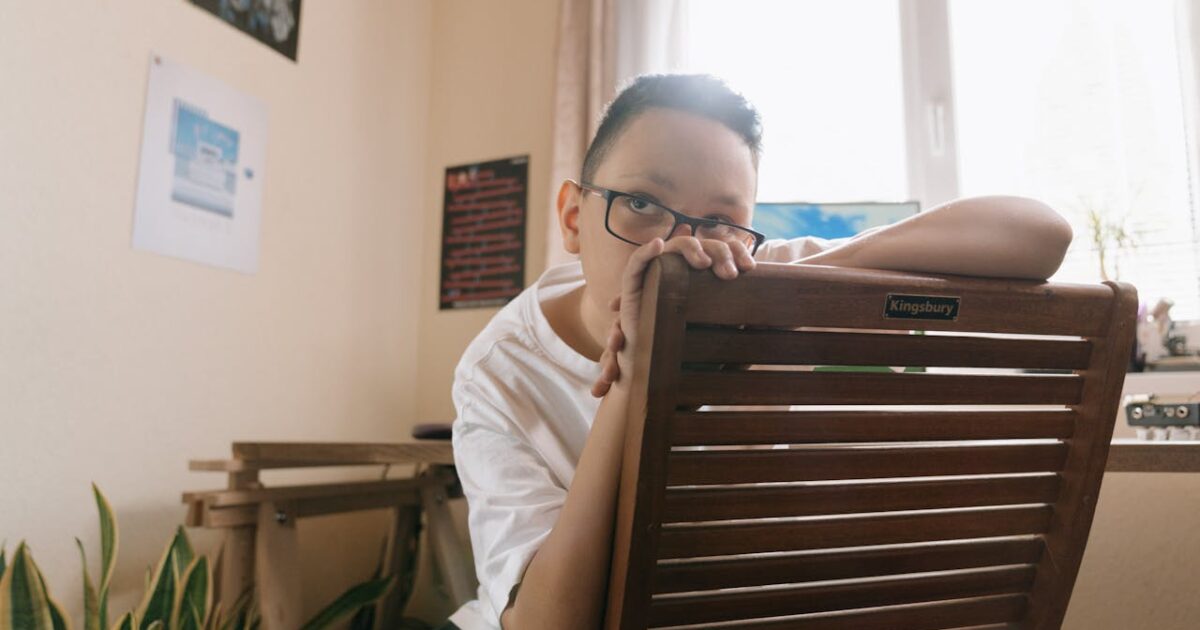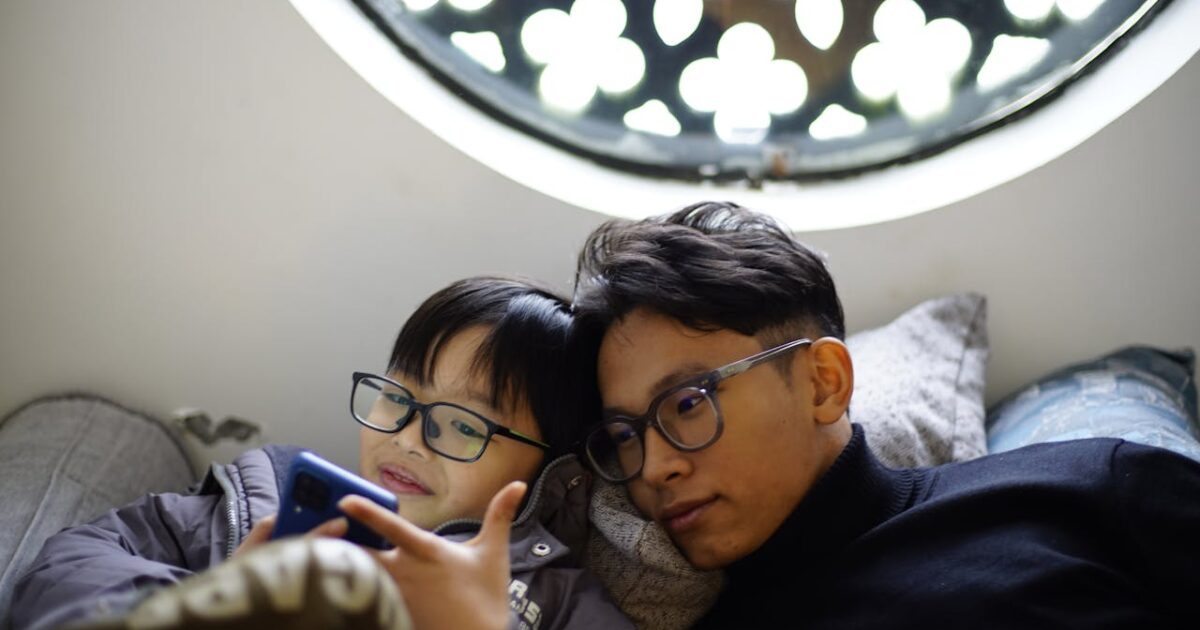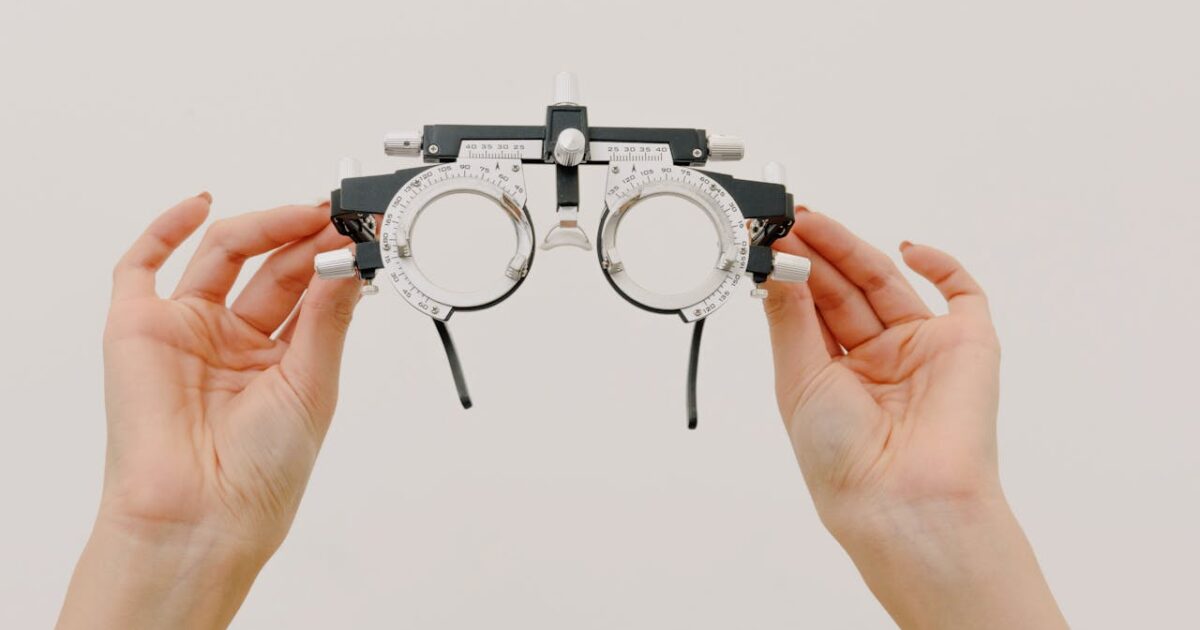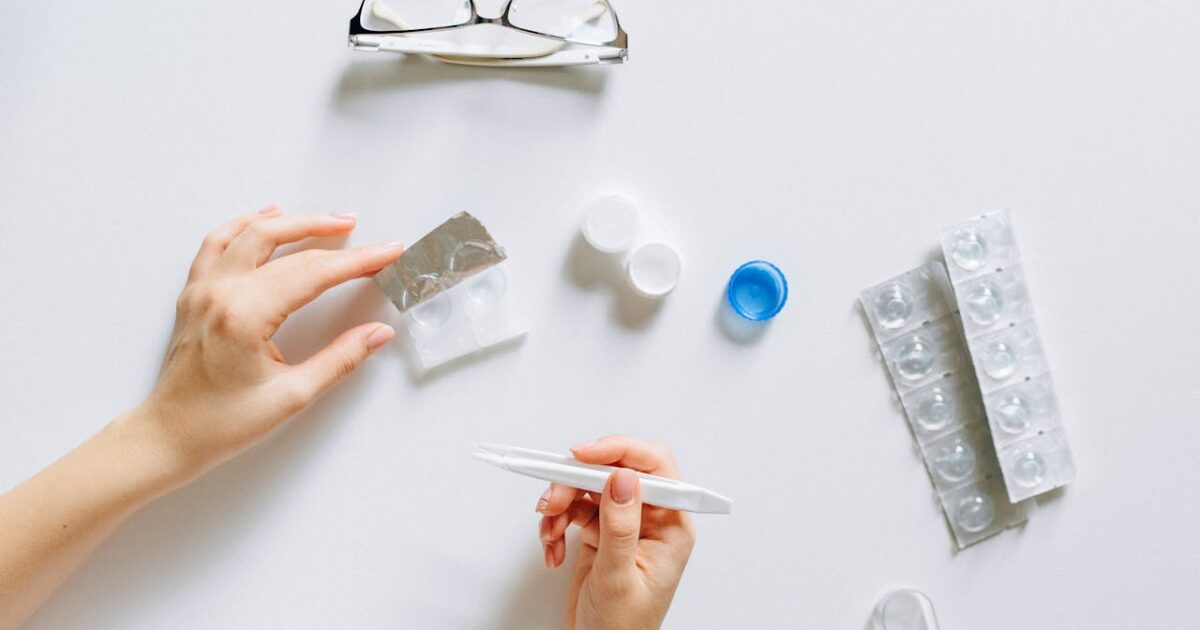Myopia control 101: Understanding your child’s eye health
Article by Chew’s Optics Specialist. 20 June 2024

Singapore holds the concerning title of “myopia capital of the world.” According to the Singapore Ministry of Health, over 65% of children in the country develop myopia by the age of 12. This coincides with the end of their primary school years, a time of immense academic pressure that may lead to more near-work activities.
In these early years, children’s eyes are also rapidly changing and developing. To prevent the development or progression of eye issues like myopia, early detection and management is crucial.
What is myopia?
Also known as nearsightedness, myopia is an eye disease that leads objects to appear blurry at a distance and clear when they are closer to the eyes.
This disorder develops when a person’s eyes grow too quickly and become too long. This excessive growth literally stretches the retina (the light-sensitive layer located at the back of the eye that processes images) beyond what’s considered normal.
As a result, when light passes through the eyes, it falls in front of the retina instead of directly on the retina itself. Not only does this create blurred vision when looking at distant objects, but this stretching of the eye’s shape may increase the risk of developing eye diseases and vision impairment later in life.
READ MORE: How to identify, prevent and treat childhood myopia

When do kids start developing myopia?
Myopia is most common in children—mostly because these are the years when a person experiences the most physical growth, including the growth of one’s eyes.
Typically, a child’s eyes should grow at a steady rate from infancy to their teenage years. If their parents are nearsighted or experience abnormally rapid growth of the eyes, they may develop myopia. In most cases, this happens between the ages of 6 and 12. But it’s possible for myopia to develop among younger children.
This is why parents need to pay extra attention to their children’s eye health and get their eyes checked by a Singapore optometrist as early as possible. The younger a child is when they are diagnosed with myopia, the faster the condition progresses and worsens. It could deteriorate at an extremely fast rate – that is, every few months or sometimes on a monthly basis.

The importance of myopia control – and understanding what it is
Once your child is diagnosed with myopia by an optometrist, they will need to begin treatment in the form of myopia control. The most crucial advice here is to avoid any delays. The earlier your child starts myopia control, the more effective the results will be.
Here’s what most people get wrong about myopia control: Some folks associate it with simply getting fitted for spectacles or contact lenses. We’re here to bust this myth. To treat children with myopia, optometrists need to prescribe specific spectacles (or soft contact lenses) that are specially designed for myopia control.
These special lenses work by altering how light is refracted in the eye, which creates a signal to slow the growth (or elongation) of the eyes – and thus slow the progression of myopia. Standard, single-vision spectacles are the simplest, most common type of eyeglasses that most people use. While they can correct your vision, they do nothing to slow down eye growth or the progression of myopia.

What types of myopia control treatments are available?
Our best recommendation is to try myopia-control glasses and soft contact lenses to treat this eye condition. To get your child myopia control lenses in Singapore, you’ll first need to make an appointment for an eye exam with an optometrist like Chew’s Optics.
The optometrist will then get your child fitted for myopia control spectacles or soft contact lenses, which should be worn about 12 hours a day, 7 days a week. Follow-up visits to the optometrist may be scheduled every six months. However, this may differ between each person, so remember to check with your optometrist for specific instructions.
While soft contact lenses may be a better fit for those who spend a lot of time being active (whether it’s swimming or doing sports), not all children feel comfortable wearing them. Likewise, it may also take time for them to get used to wearing spectacles. At Chew’s Optics, our optometrists will be there to help guide your little ones and make their first experience at the optometrist a fun one.
READ MORE: 5 tips for protecting your child’s eyes, according to an optometrist
What is the #1 key to dealing with childhood myopia?
If there’s one thing you need to know about myopia, it cannot be cured or reversed – because the eye itself has grown out of shape. The only thing you can do is to slow its progression, especially in the early years of your child’s development. To do this properly and effectively, you need to consult an optometrist.
At Chew’s Optics, our optometrists are certified and equipped with decades of experience. You can trust us to handle your child’s eye condition with care and make recommendations that are best suited for your little ones. If you have children who are in the developmental years of their lives, drop us a visit for a comprehensive eye exam. We also provide various soft contact lenses and spectacle lenses designed for myopia control.
Chew’s Optics is located at 144 Teck Whye Lane, #01-211, Singapore, and we are open daily except Mondays and Fridays. Need to ask us a few questions before your visit? You can text or call us directly on WhatsApp at +65 8314 7093.
